As mentioned in our intro, the three main types of pump are floor pumps, mini/portable pumps and CO2 inflators. Let's do a bit of a deeper dive on each:
Floor pumps/track pumps
Known as track pumps because they're the most common way to get the very high pressures used in track cycling, floor pumps make it easy to get air into your tyres. A floor pump has a handle to help you get your weight behind the job, feet that are big enough to stand on to hold it in place, and a gauge so you can get the pressure spot on. The narrower the barrel of a floor pump, the easier it is to get high pressures, but it will take more strokes.
All track pumps have some sort of chuck to attach to the valve, but there are many different designs. Some use a universal mechanism that will fit Presta and Schrader valves, while others have a separate attachment for each type. Almost all have a lever to clamp the chuck round the valve.
There's some debate about where the pressure gauge should be. Some manufacturers put it at the top of the barrel, which makes it easier to read, others put it at the bottom because it's less likely to get damaged there if the pump falls over. If you go for pump with a high gauge, make sure it has some sort of protection against falls.
Some pumps are definitely more robust than others, w
Portable pumps: mini pumps and frame pumps
A scaled down version of a frame pump, a mini pump is small enough to fit in a bag or pocket, or clips into a mount that fits under a bottle cage. Mini pumps are popular because they're light and tidy. They don't get a tyre up to pressure very quickly, but their fans see this as worth putting up with given how rarely they need them.
Classic frame pumps fit along the seat tube, between the top tube and down tube. Problem is, almost all bikes have two water bottles these days, and one of them is on the seat tube. That means you may need to get imaginative to carry a bike pump on your frame, fitting it along the top tube, perhaps with the help of straps or a clamp-on pump peg.
The length of a frame pump means it's a fairly quick way to inflate a tyre out on the road, and it doesn't cost you the price of a carbon dioxide cartridge every time. Some riders feel a frame pump spoils the look of their bikes, though.
Both frame pumps and mini pumps usually come set up for Presta valves, but can be switched to Schrader by swapping round some parts in the chuck.
CO2 inflators
With the work done by a small bottle of compressed gas, carbon dioxide (CO2) inflators are the fastest way of getting back on the road. They're perfect for sportives or fast training rides where you don't want to be holding up the rest of the group by labouring with a bike pump.
As a gas expands it cools, so look out for CO2 inflators that protect your fingers from the canister, either with a rubber cover for the canister or by enclosing it in a plastic shell. Some inflators only pop open the canister when you use it, and don't allow you to use only part of the available gas, others have a trigger so you can use just part of the contents.
A 16g cartridge will get a 23mm tyre up to 90-100psi, which should be plenty to get you home. Threaded cartridges are usually slightly more expensive than unthreaded.
Other sub-genres of bike pump or inflation tools are pressure gauges, if you're really fanatical about making sure you've got the exact amount of PSI, and tubeless tanks that can be purchased separately to a track pump. Our top-recommended pressure gauge is the Topeak D2X Digital Pressure Gauge (link is external) and the Topeak Tubibooster X Tubeless Inflator (link is external) would be our top tubeless inflator of choice.
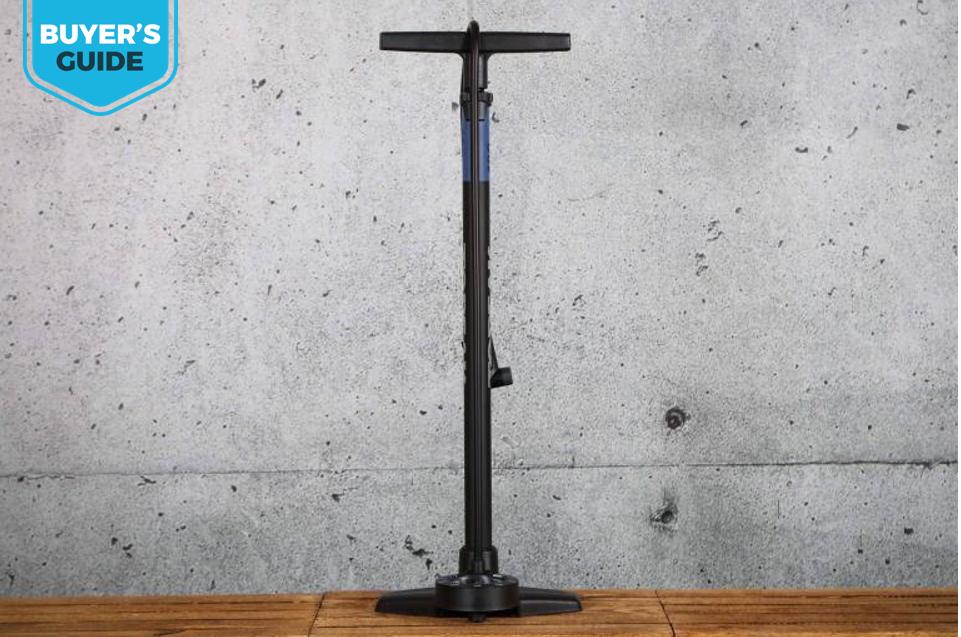







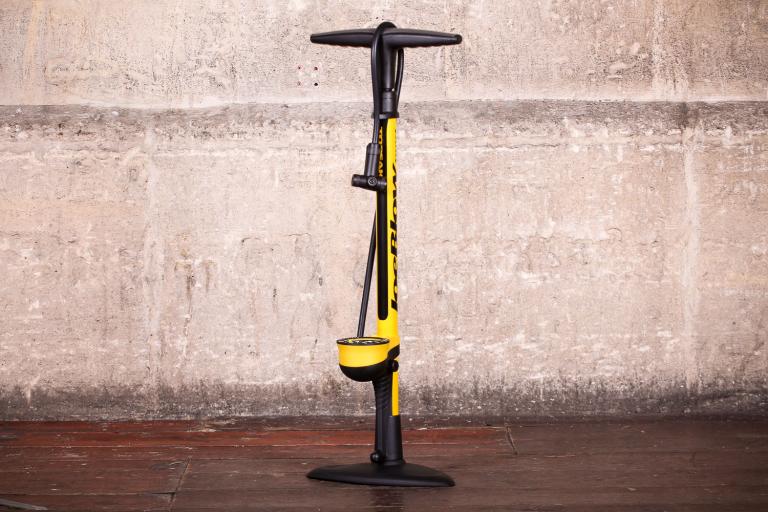

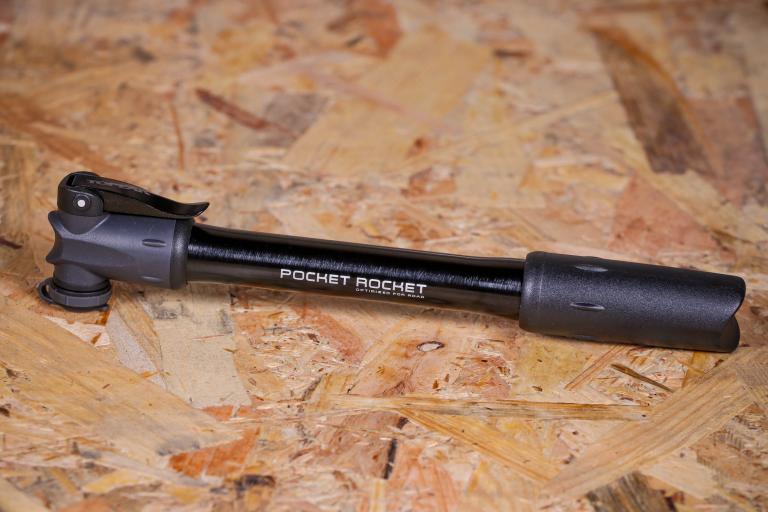
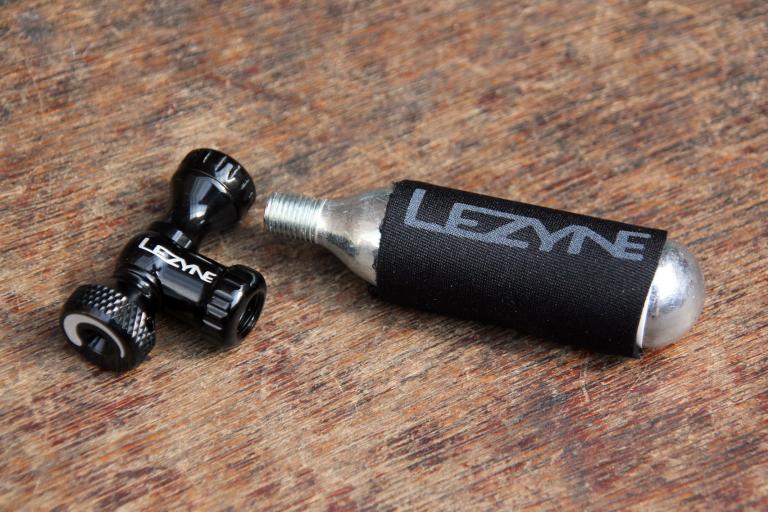
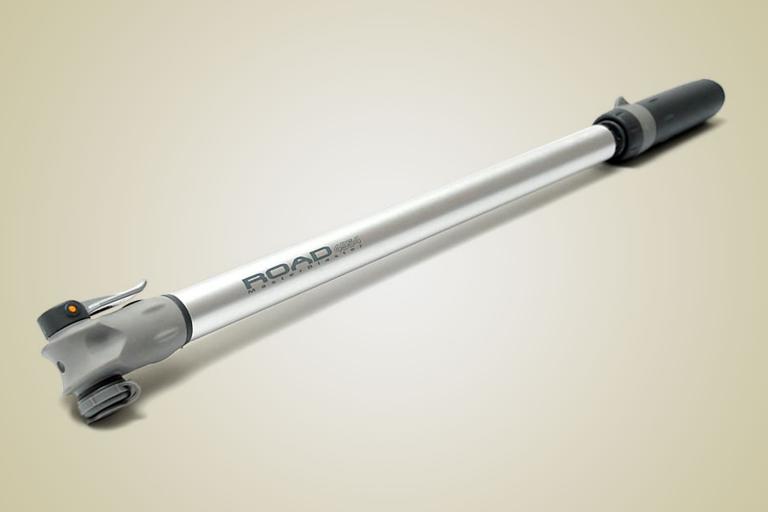
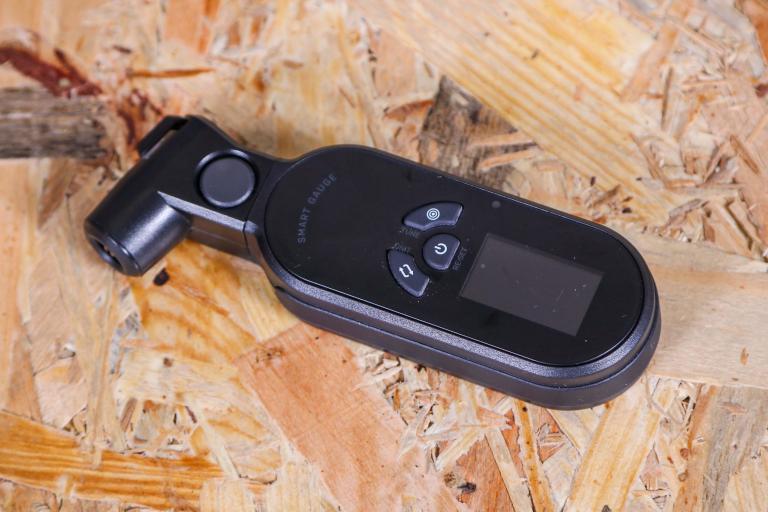
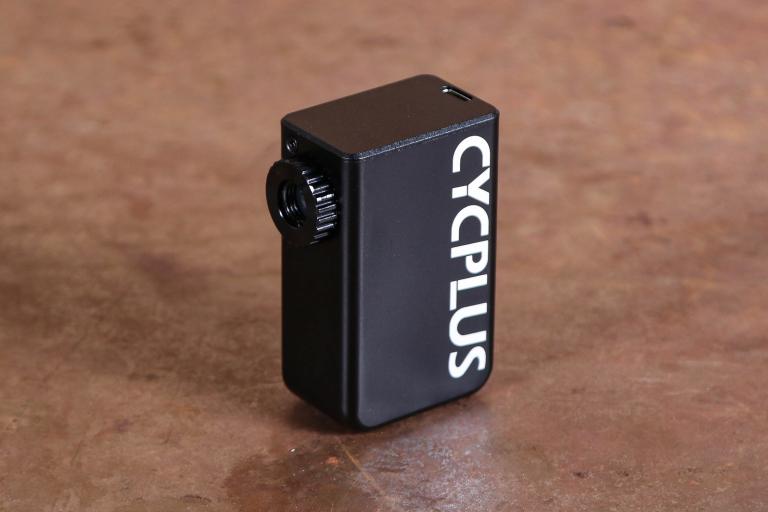
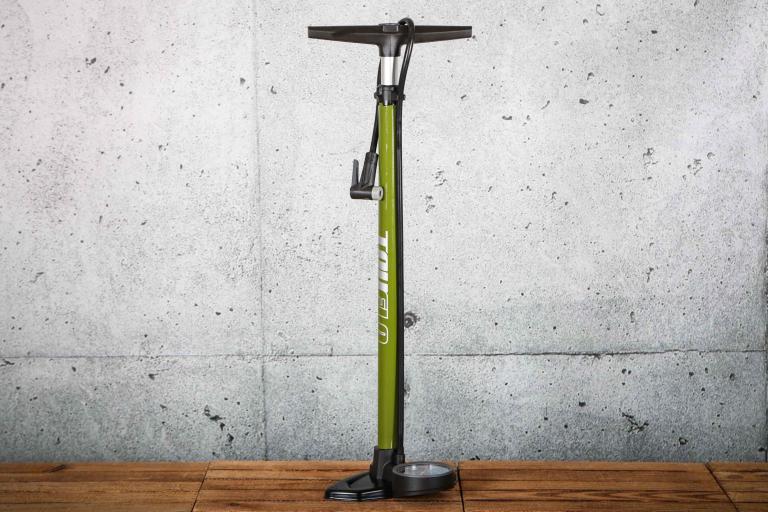
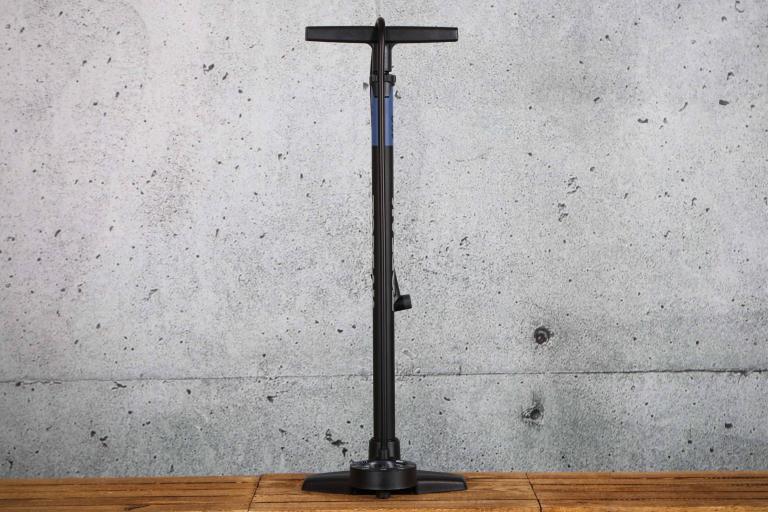
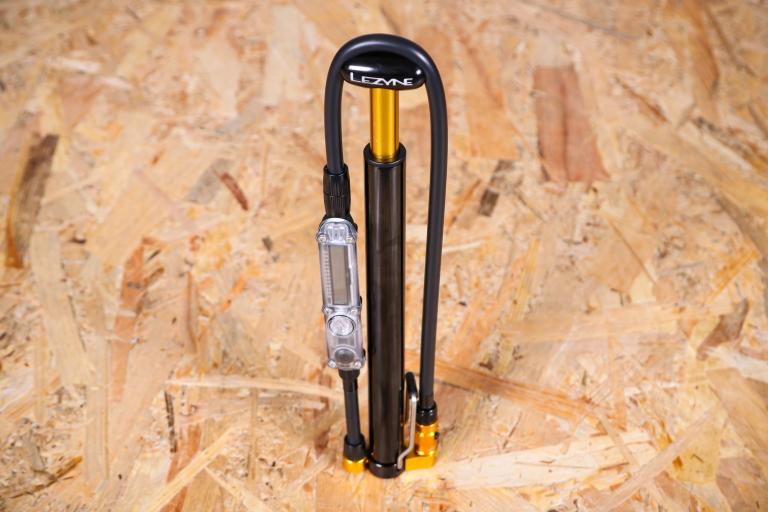
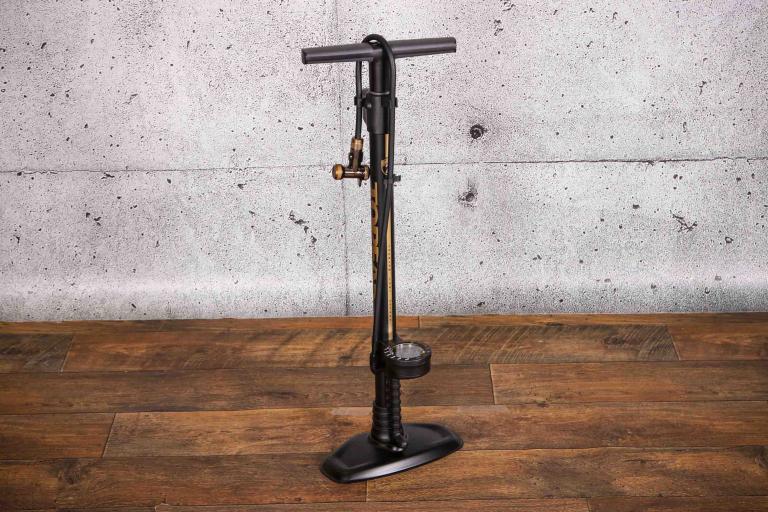

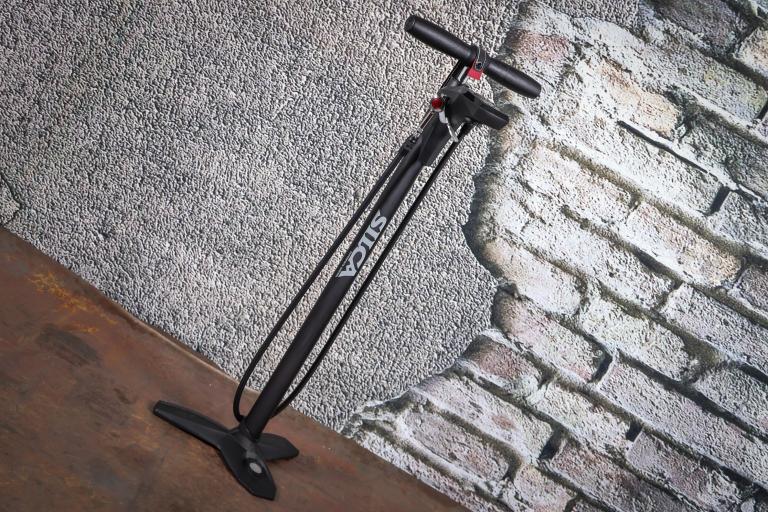


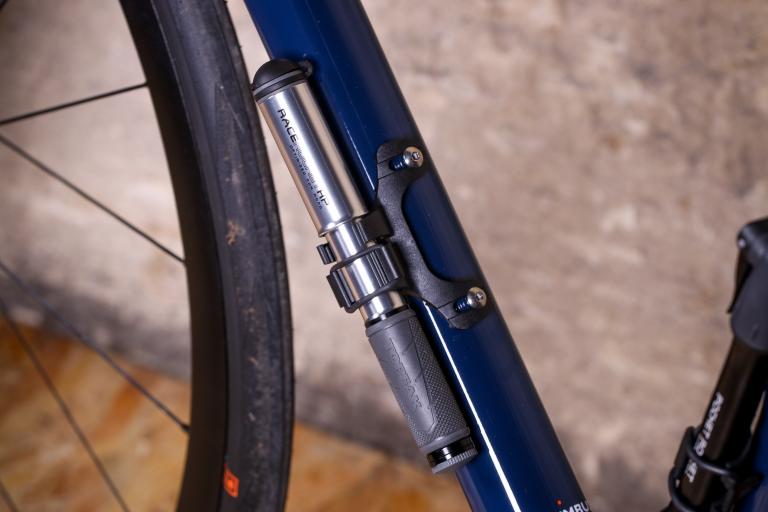
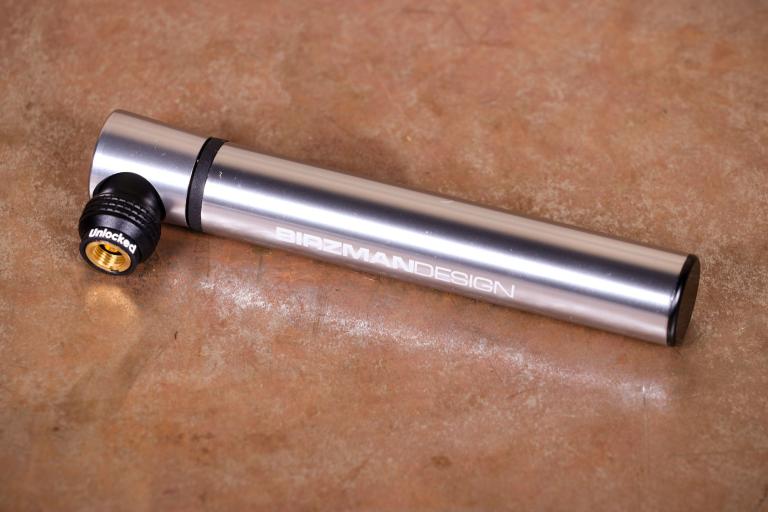
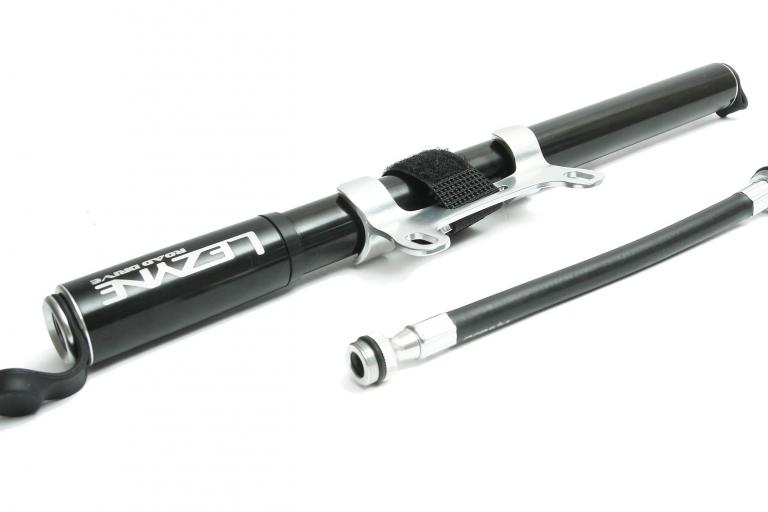
 is 297mm long and the largest size in the Lezyne Road Drive Alloy range, this is still a ‘mini pump’. Due to its longer length however, it’s very efficient, thus finding itself as our best mini pump for efficiency.
is 297mm long and the largest size in the Lezyne Road Drive Alloy range, this is still a ‘mini pump’. Due to its longer length however, it’s very efficient, thus finding itself as our best mini pump for efficiency. 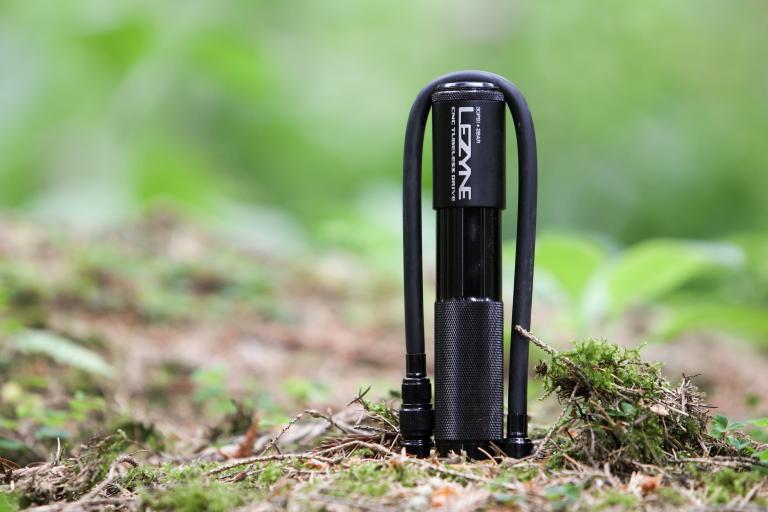
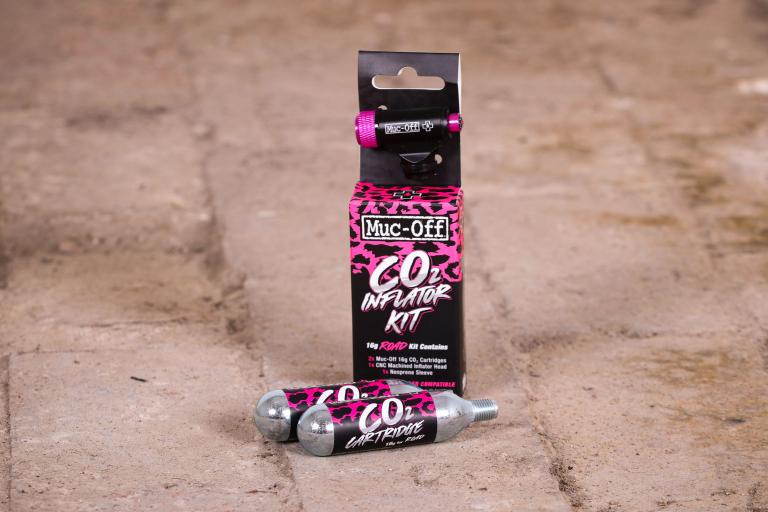
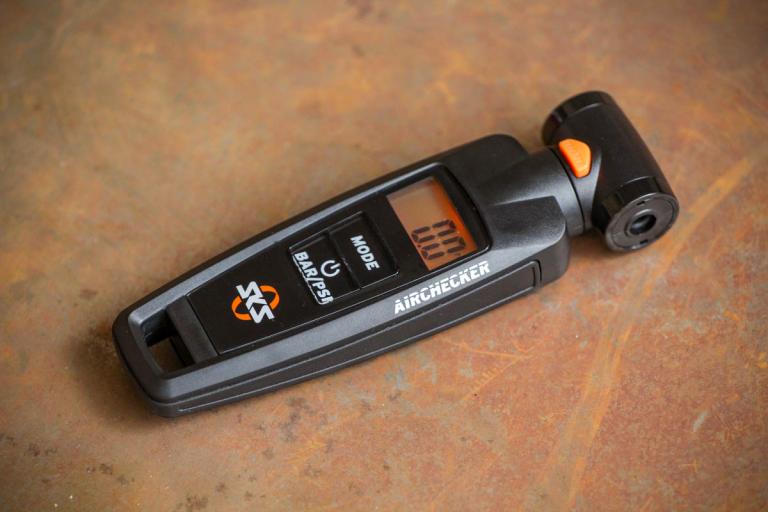
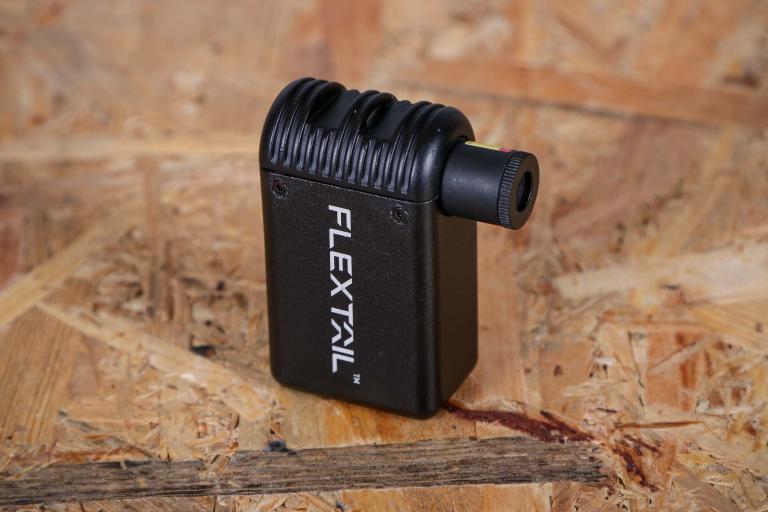
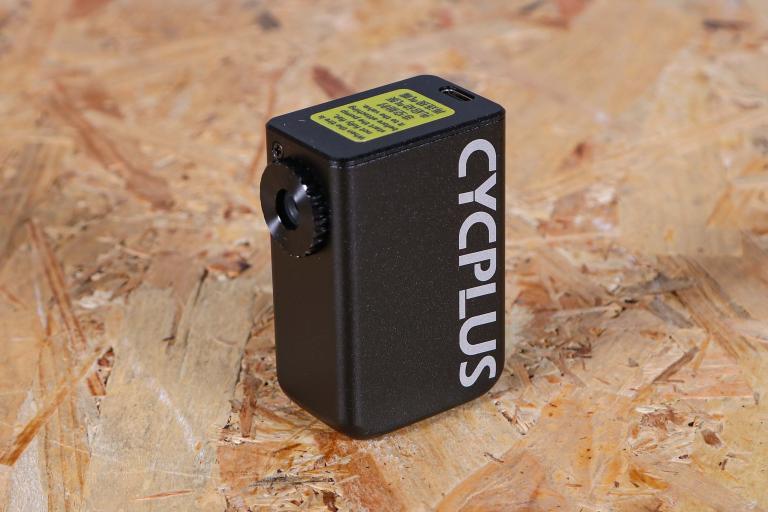
Add new comment
6 comments
“In cycling, even a single PSI can make a difference...". More elitist writing nonsense from road.cc
A single PSI can make a difference, in fact it will. Admittedly not much pootling down to the shops, but there will still be a difference. In some circumstances the difference can be massive, e.g. a cyclocross rider may go as low as 20PSI, so one PSI either way from the optimal level will be 5% out. Why is it elitist and/or nonsense to state a scientific fact?
I run 10+14 on my summer tyres and 11+14 on my intermediates and full on winter muds.
And I can feel differences as the week progresses.
I bought a Topeak Joe Blow Sport III Pump about 9 months ago, quite frankly, I was not impressed with it. The base has too much flex it in it, the head is bit difficult to get a positive lock on Presta valves, I have to keep pulling it off and putting it back on till it goes on just right. The pump does have a very large easy to read gauge which I checked the accuracy and it was only a 1/2 pound off...assuming my test gauge was correct; and the other positive is that it is cheaper than most pumps if you need to save some money in our overly expensive world of cycling. If I had to do it over I would have bought the Specialized Air Tool HP for only $10 or $15 more, I saw one in a store after I bought the Topeak and it much sturdier than the Topeak, not sure how good the head was on it, but it did get good reviews, but so does the Topeak, not sure how good reviews are now either, or if reviews are affected by product bribes.
This article prompted me to figure out how long I've had my Joe Blow and it's been at least twenty years. Despite being regularly used to inflate the tyres of bikes, motorbikes and cars it has never once misbehaved, which I reckon makes it my most reliable bicycle tool.
Twenty five years for my Joe blow de lux, a few services. Topeak make excellent air products. I also have the turbibooster X and their digital pressure gauge. And carry around a master blaster.